As we enter this season of watching and waiting, we remember that God's coming promise will bring justice and right relationship to our broken and hurting world. Our task is to be on guard, to be alert to signs of hope.
The great turning begins with one lone voice crying out in the wilderness – change your life, you are forgiven, be aware, justice is for all. May we each become a voice for change, forgiveness, presence, and justice in our broken world. “My voice feels tiny and I’m sure so does yours. Put us all together. We’ll make a mighty roar.” - from “Resilient” by Rising Appalachia
Metanoia, the Greek word translated as repentance, connotes active conversion, reformation, a transformative change of heart rather than passive feelings of regret or remorse. The radical transforming John preaches manifests in non-attachment to material things and in how we treat one another – use only what you need, don’t take what’s not yours, be satisfied with what we have. Also for John, the consequences of refusing to change are suffering and loss.
and my spirit rejoices in God my Savior,
for he has looked with favor on the lowliness of his servant.
Surely, from now on all generations will call me blessed;
for the Mighty One has done great things for me, and holy is his name.
His mercy is for those who fear him from generation to generation.
He has shown strength with his arm;
he has scattered the proud in the thoughts of their hearts.
He has brought down the powerful from their thrones, and lifted up the lowly;
he has filled the hungry with good things, and sent the rich away empty.
He has helped his servant Israel, in remembrance of his mercy,
according to the promise he made to our ancestors,
to Abraham and to his descendants forever."
Mary’s song of rejoicing resounds throughout the ages. This is what she knew – that the incarnate promise comes into even the most ordinary of lives bringing mercy, justice, and blessing. Let us rejoice!

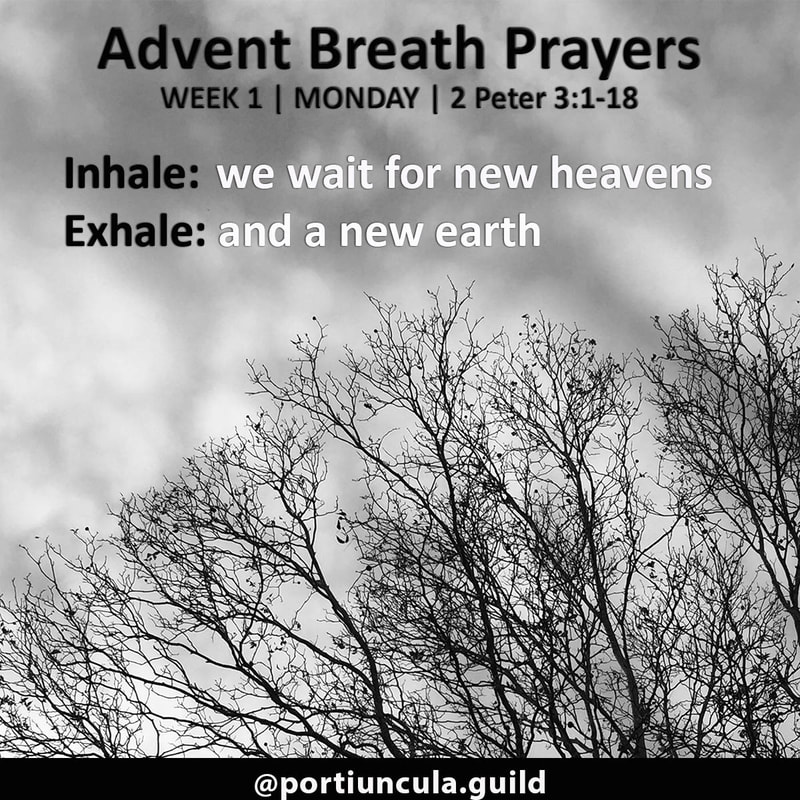
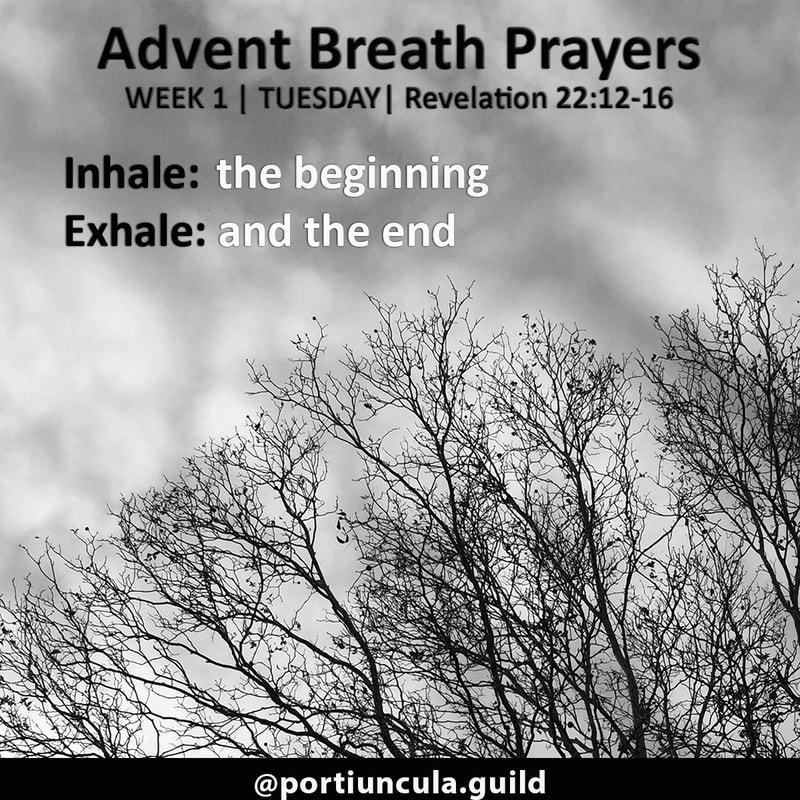

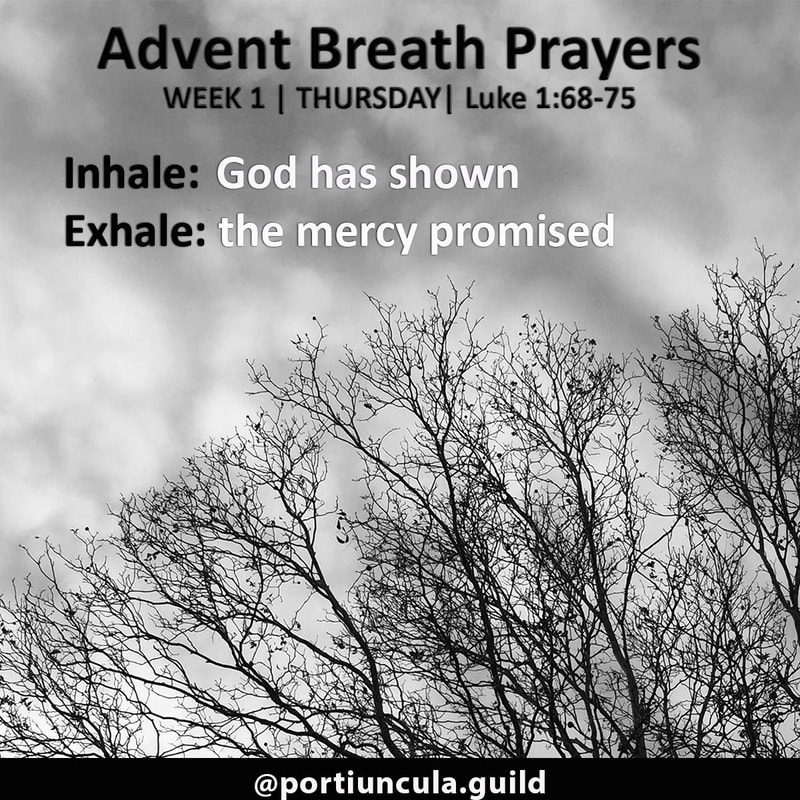
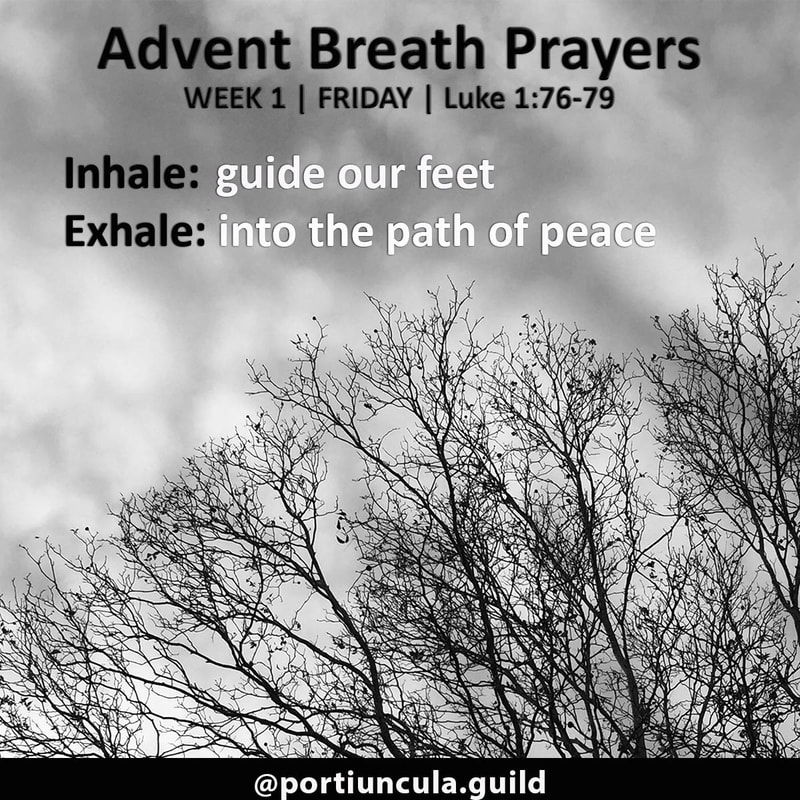
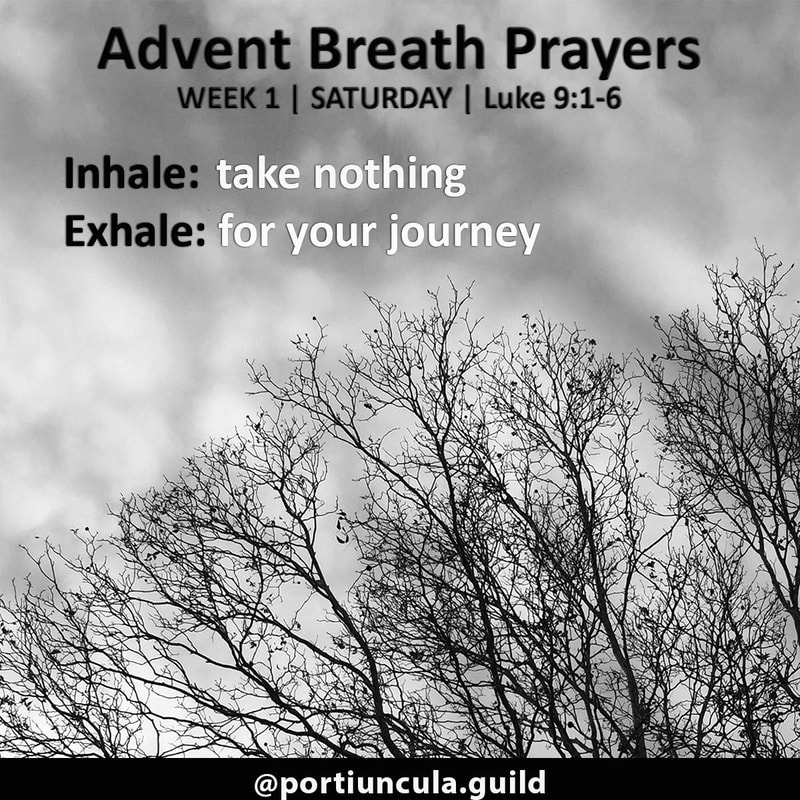

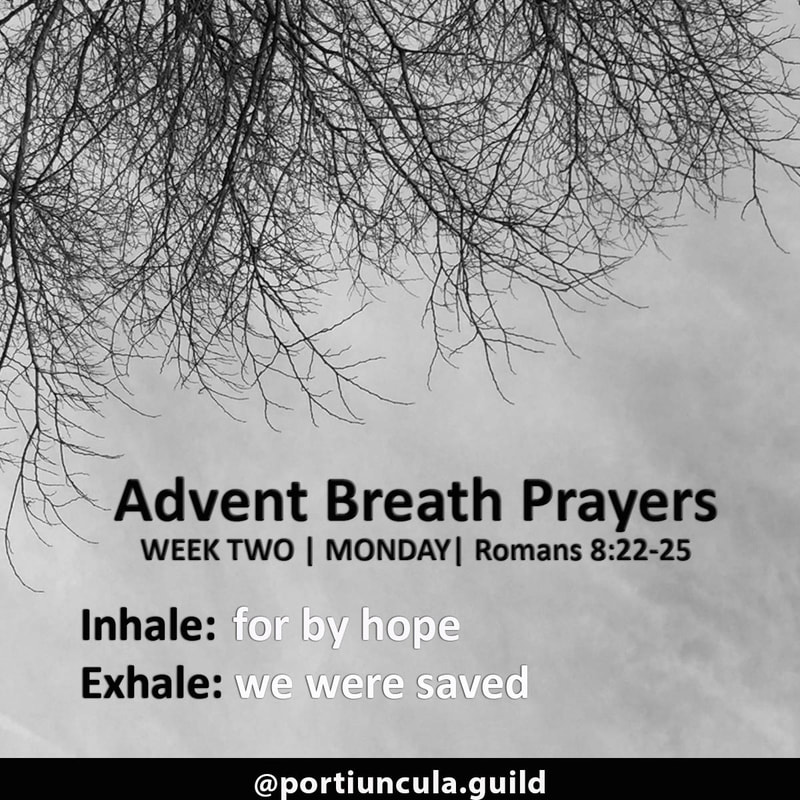
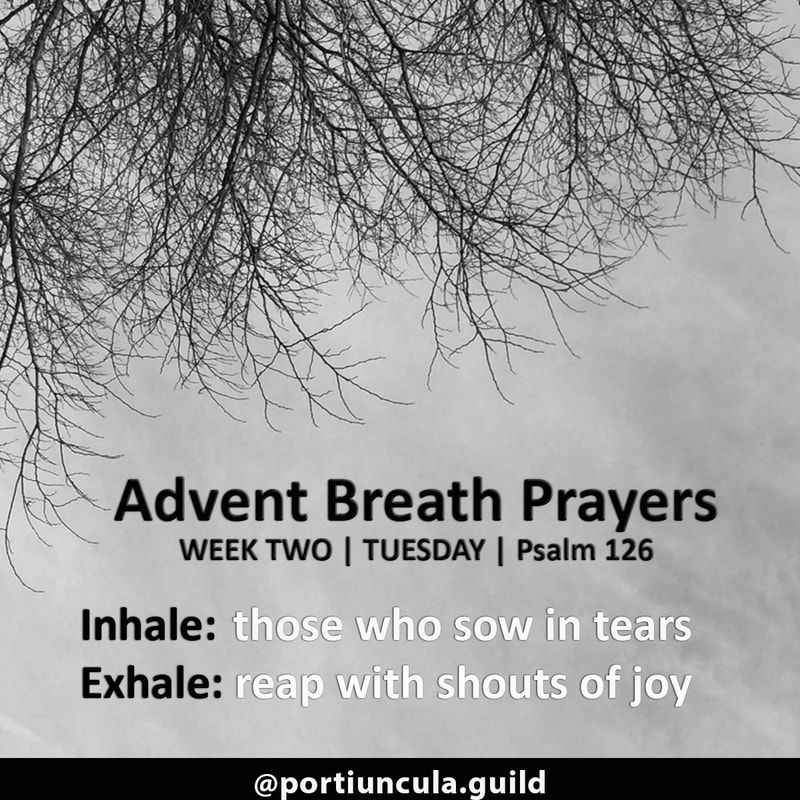
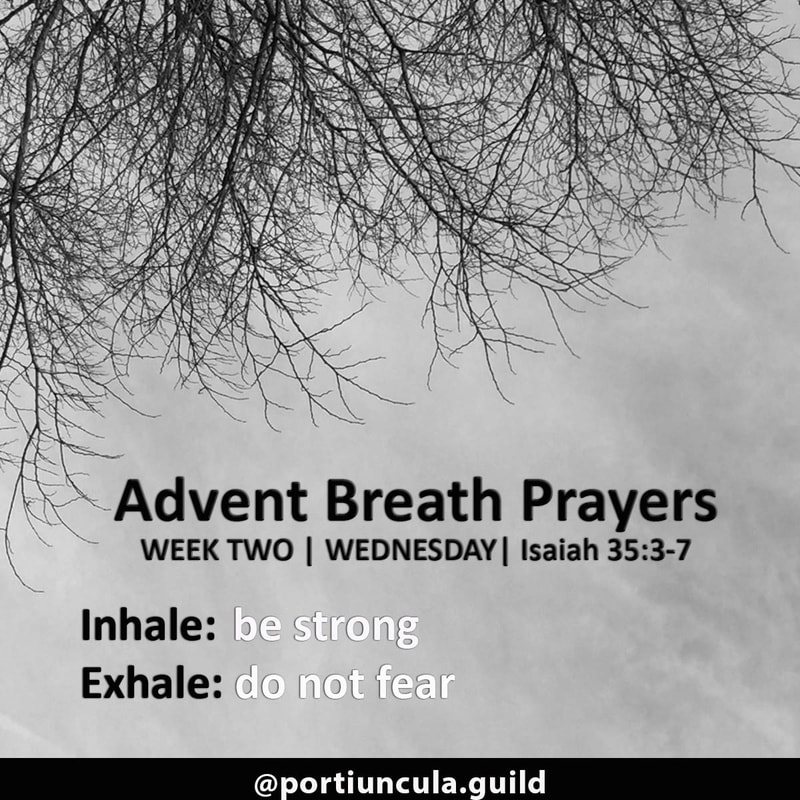
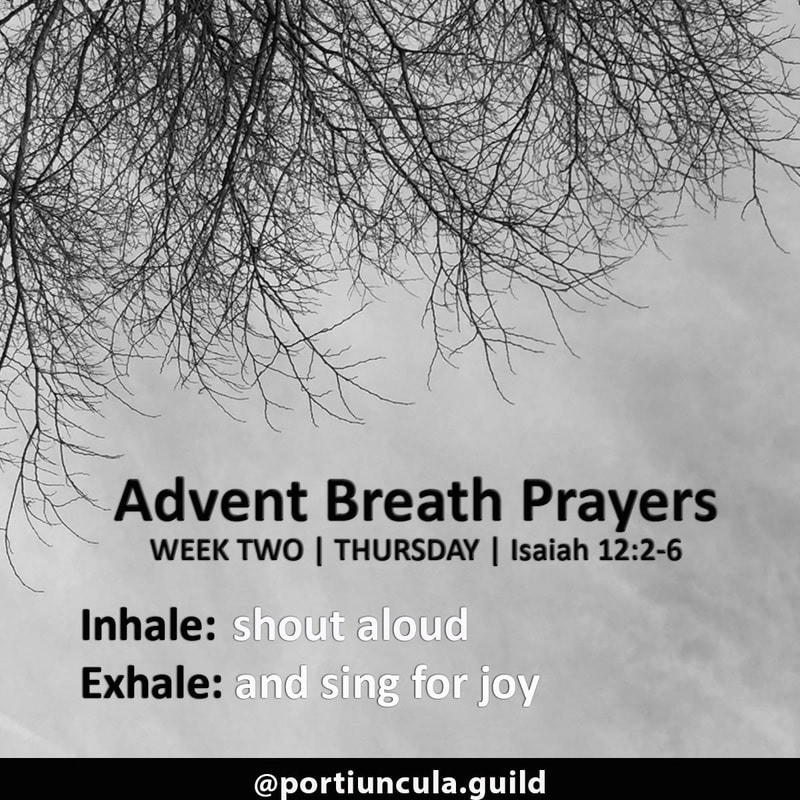
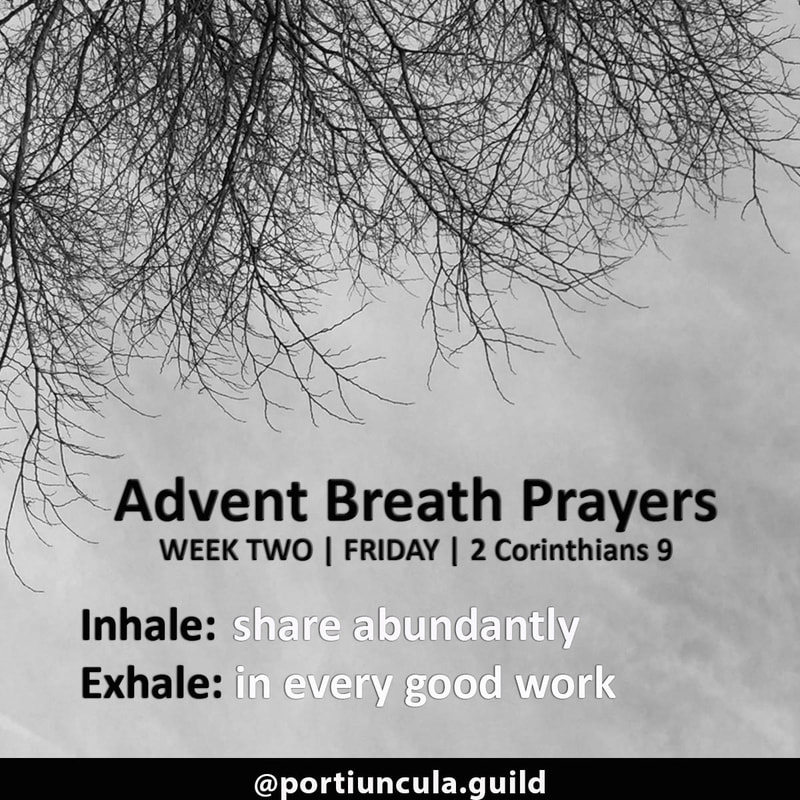
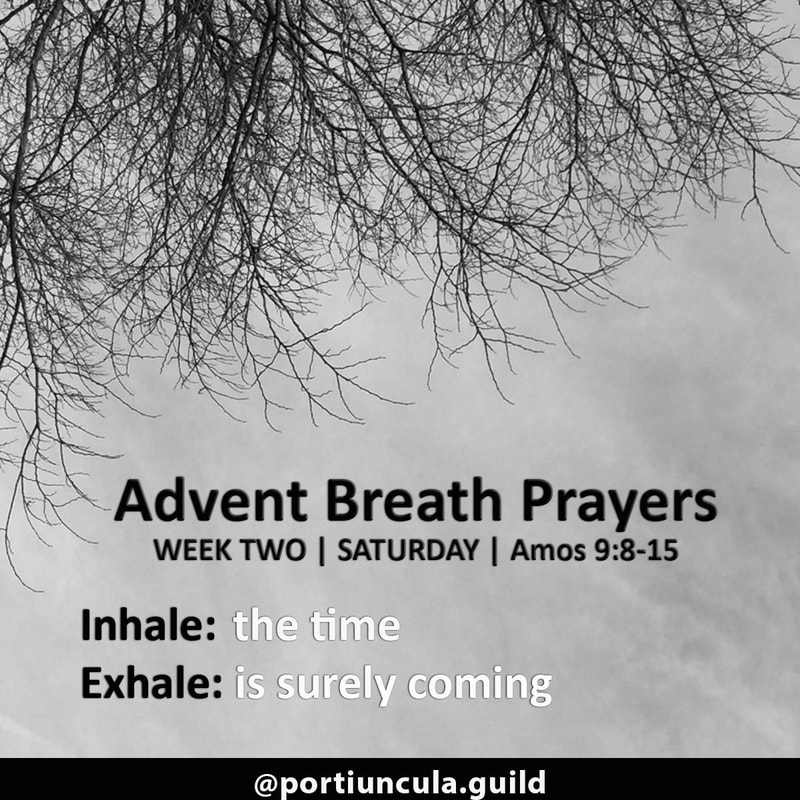

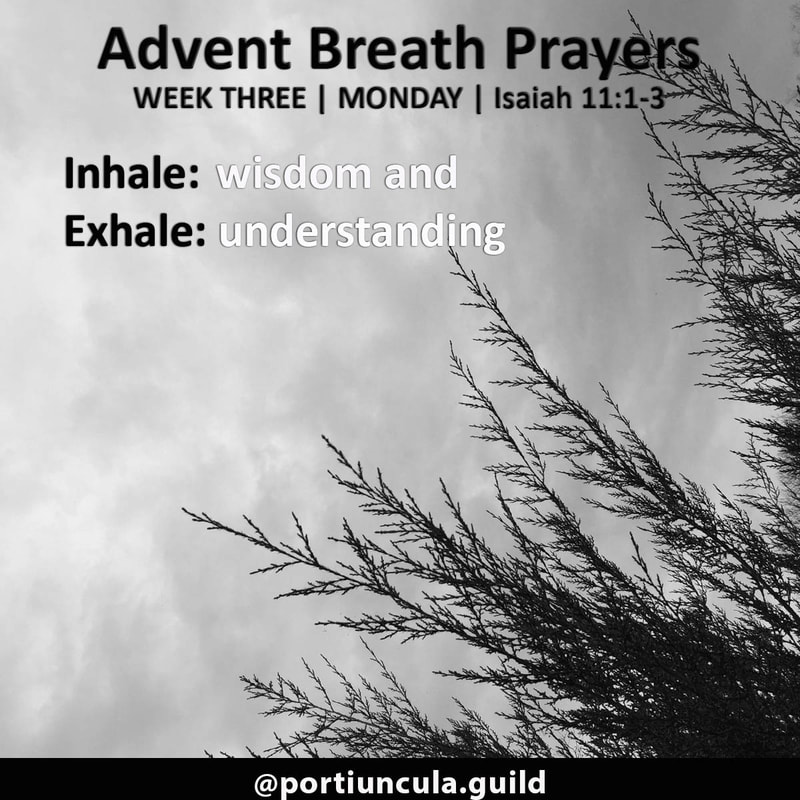
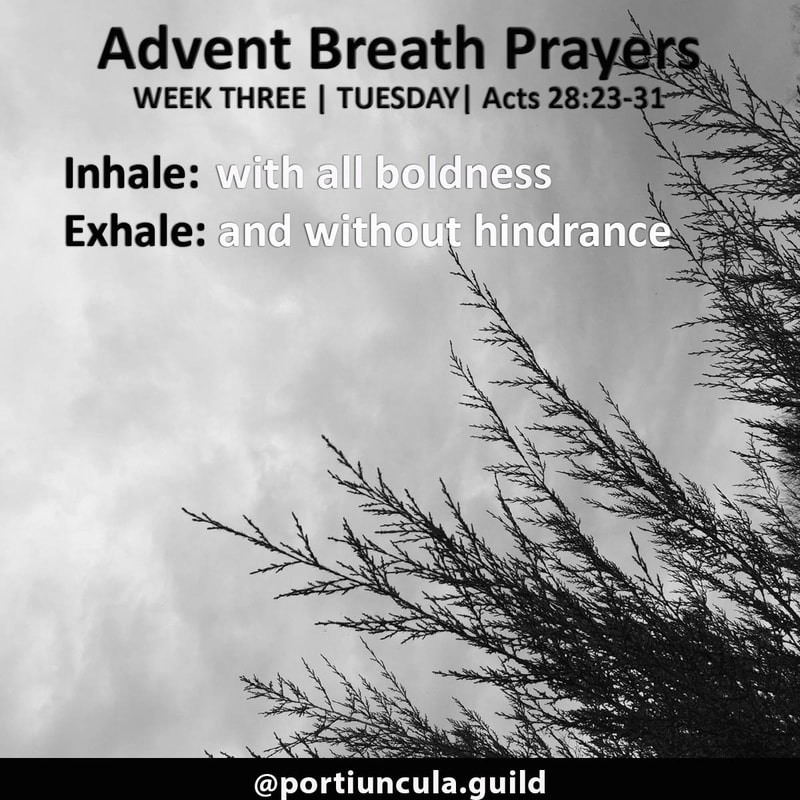
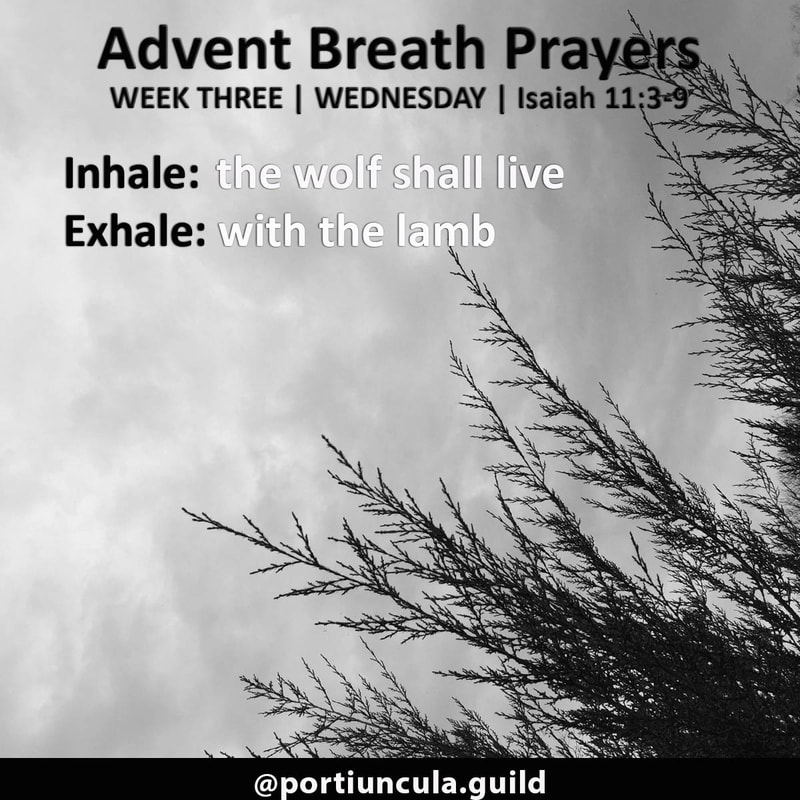
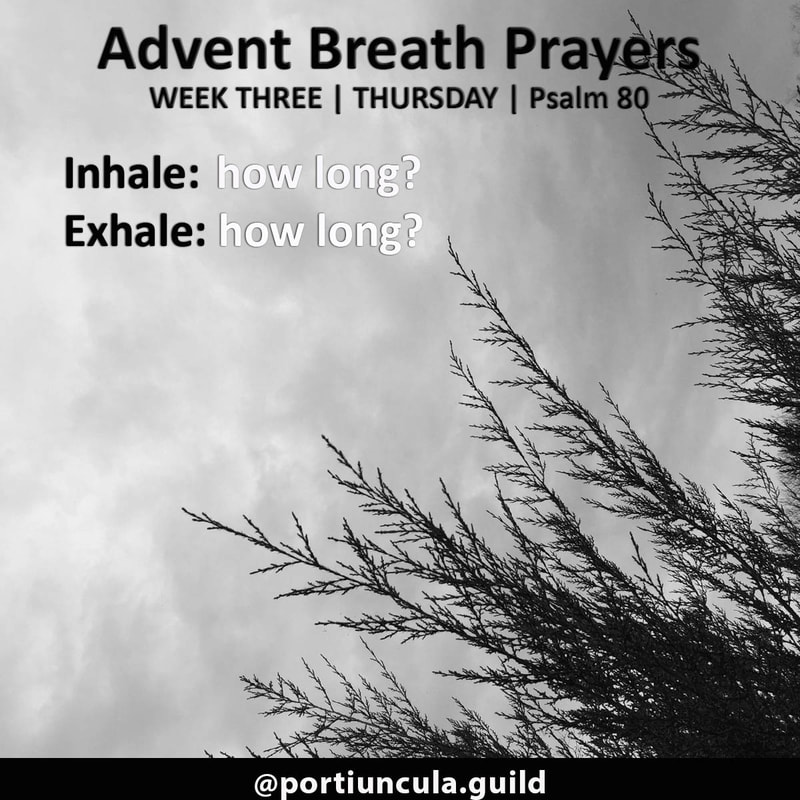
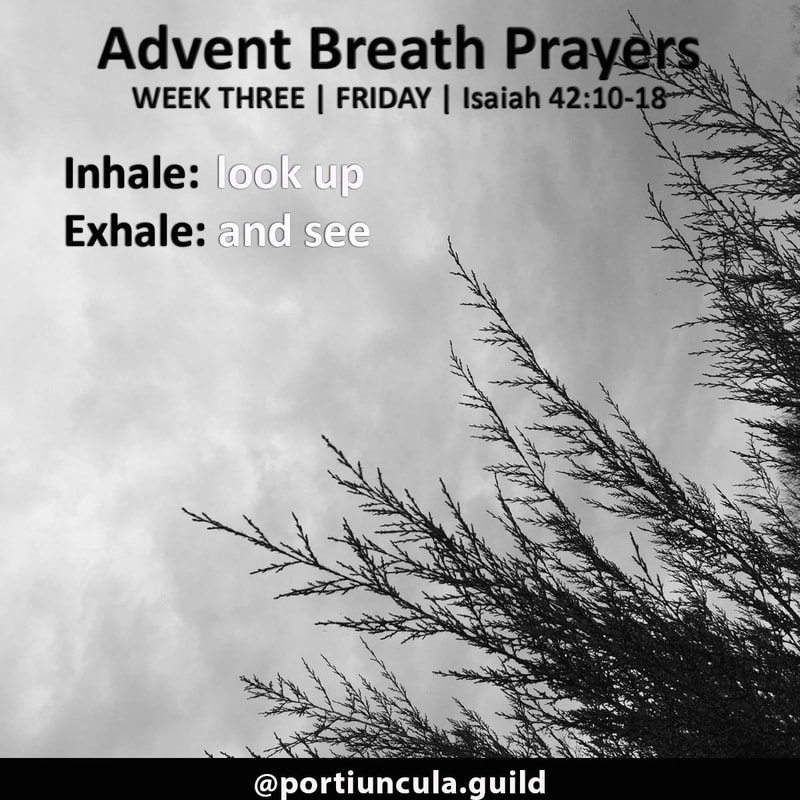
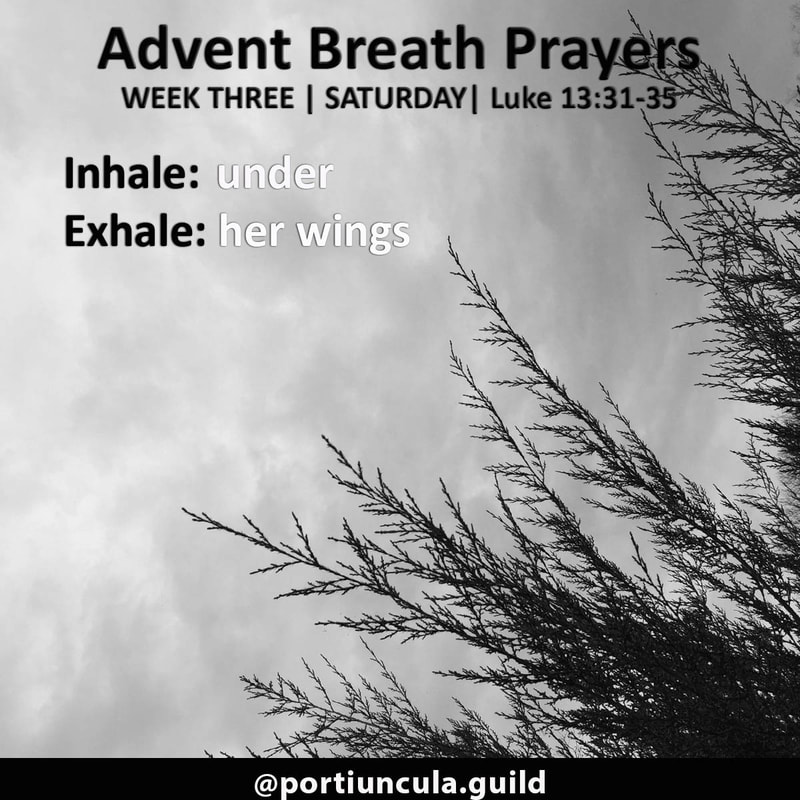

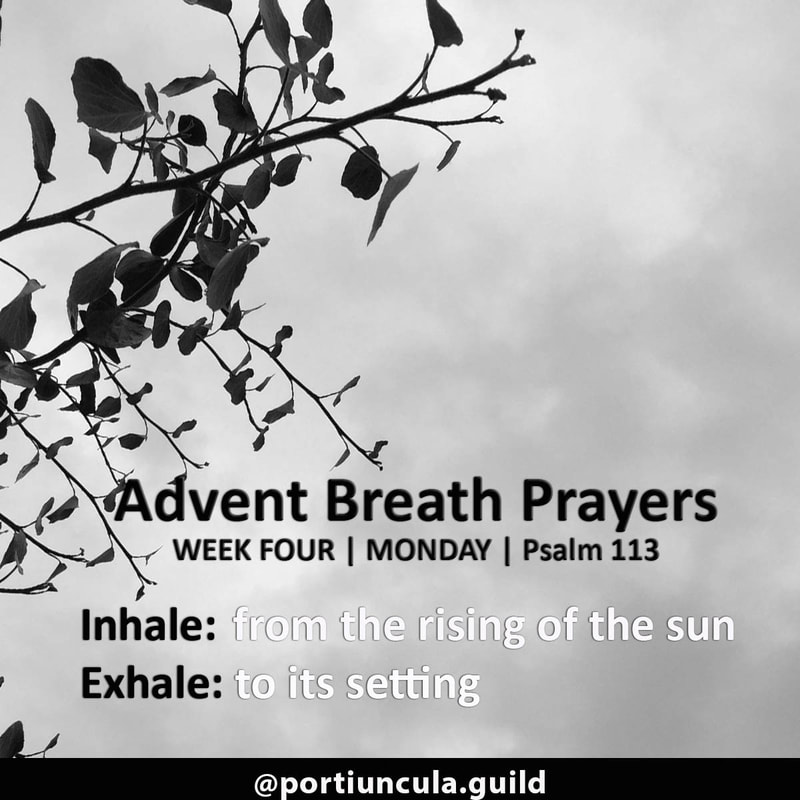
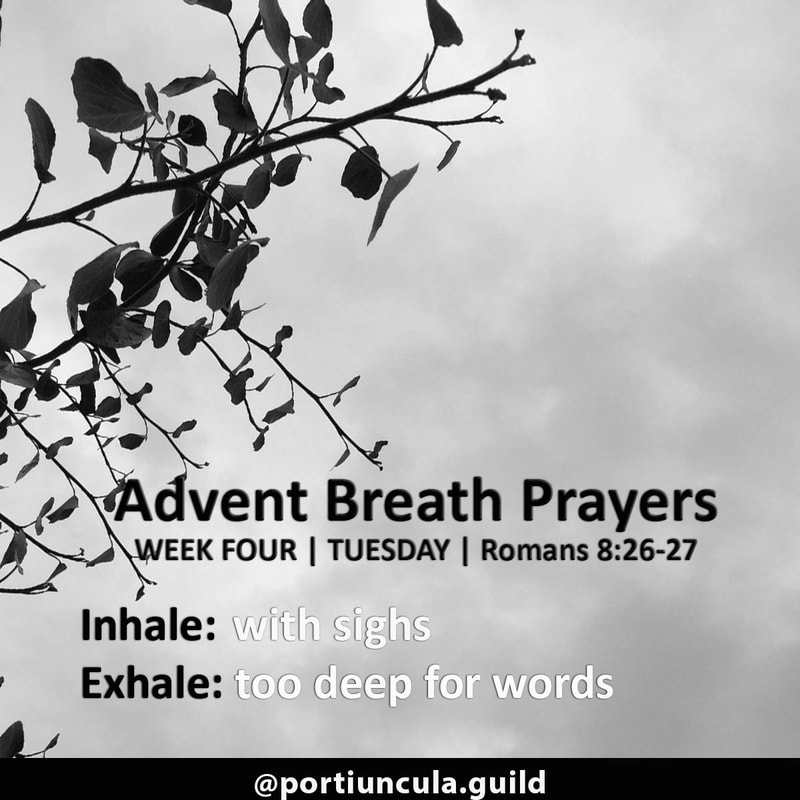
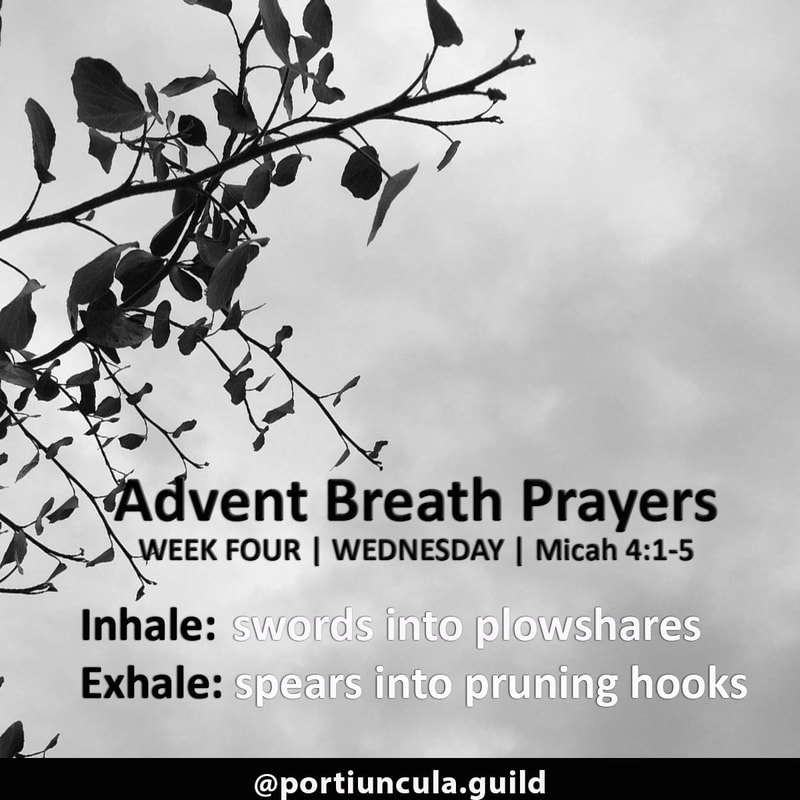
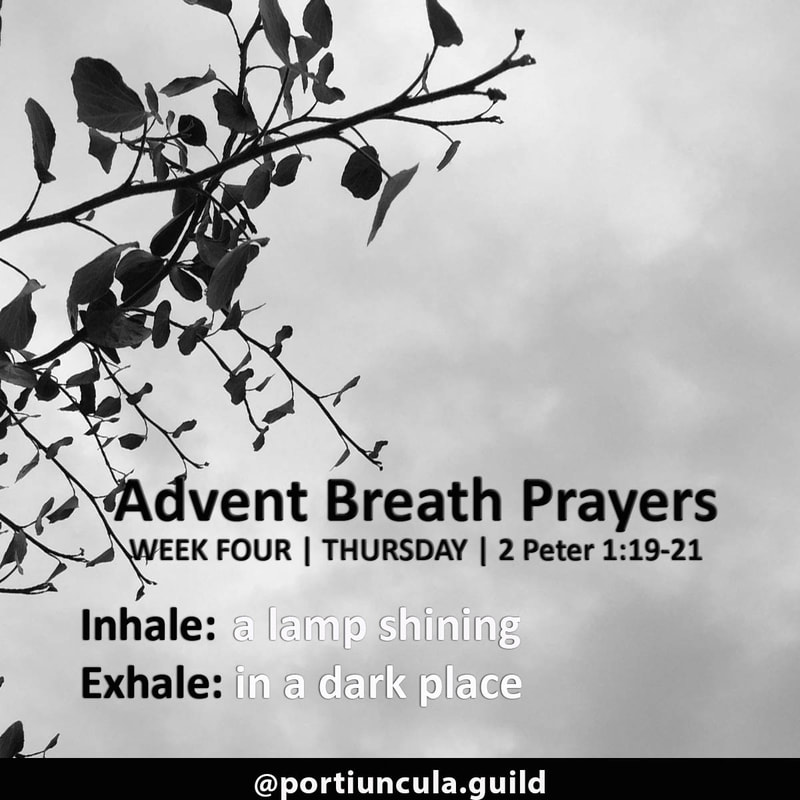
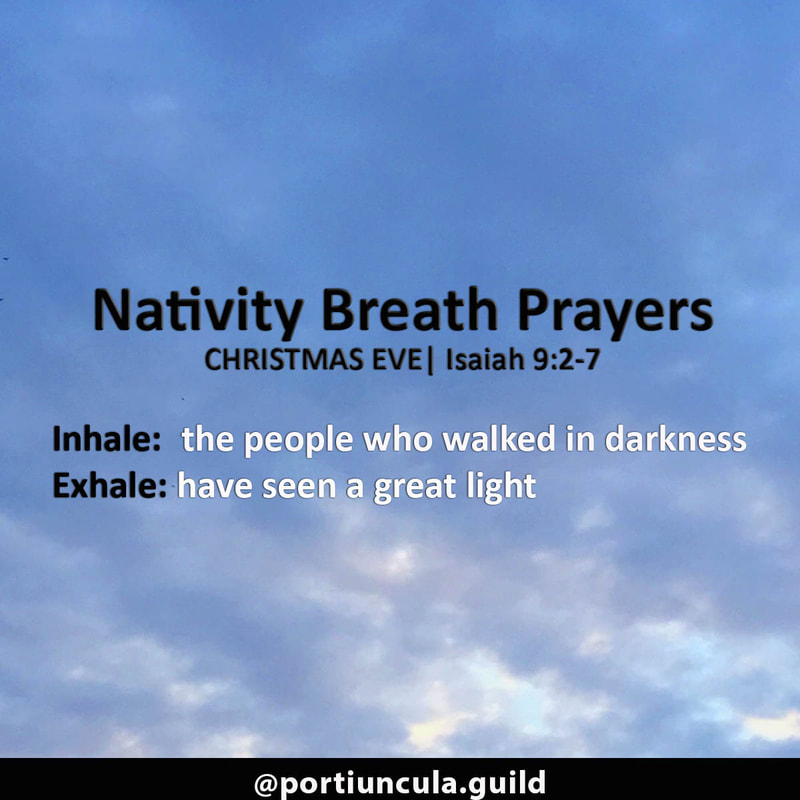
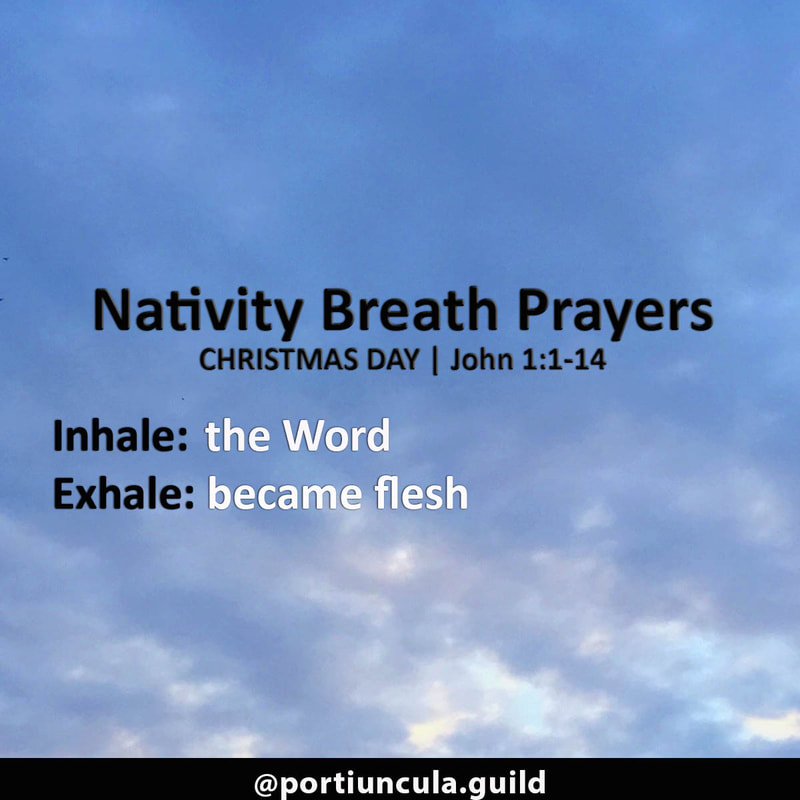



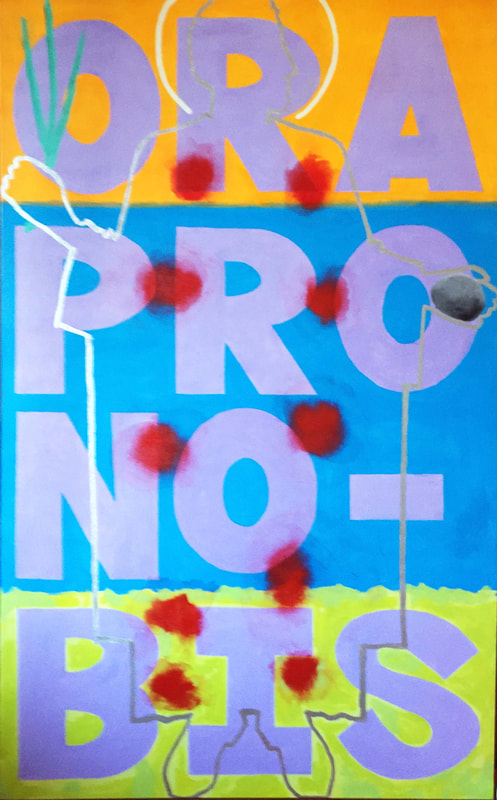









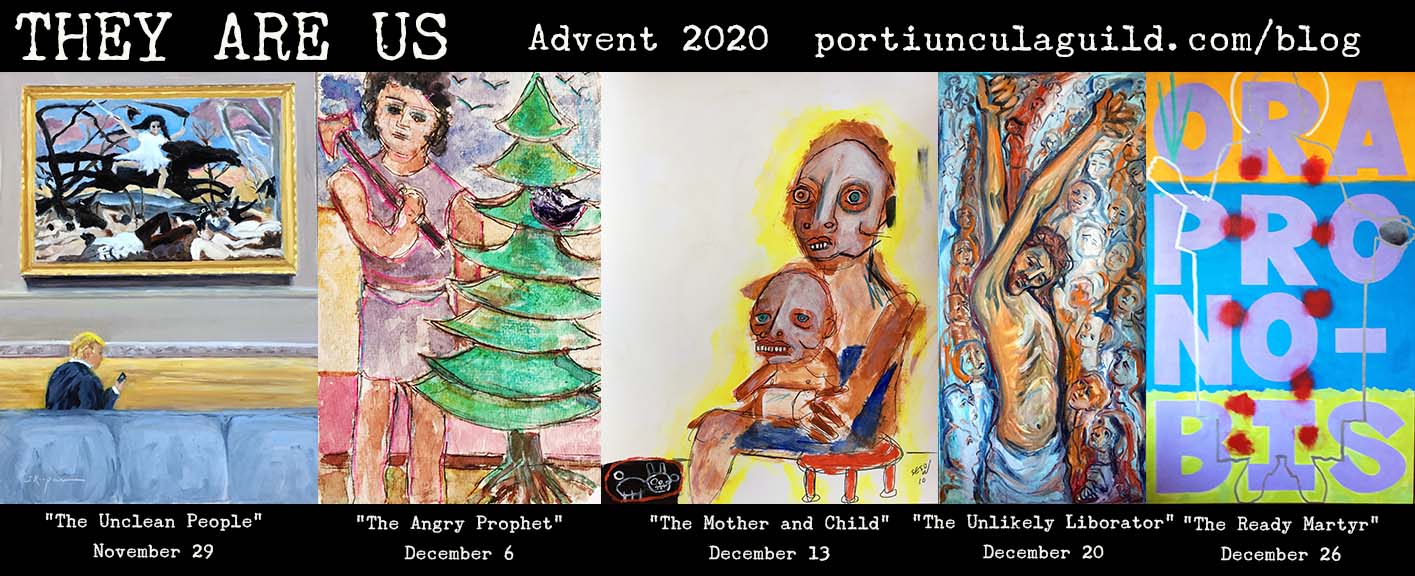

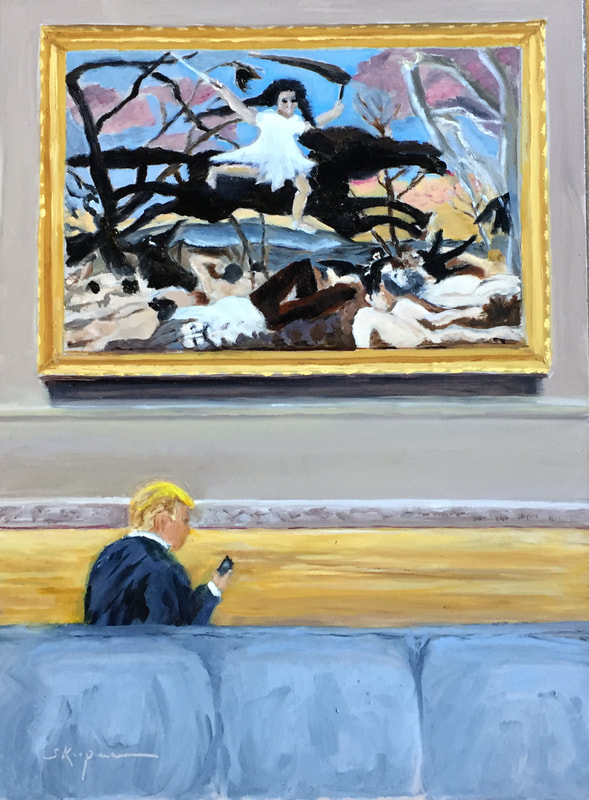
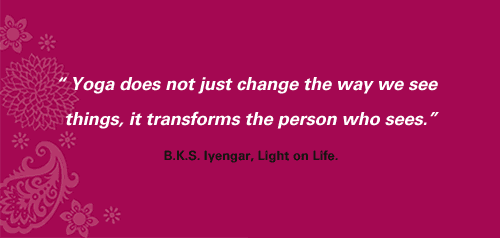

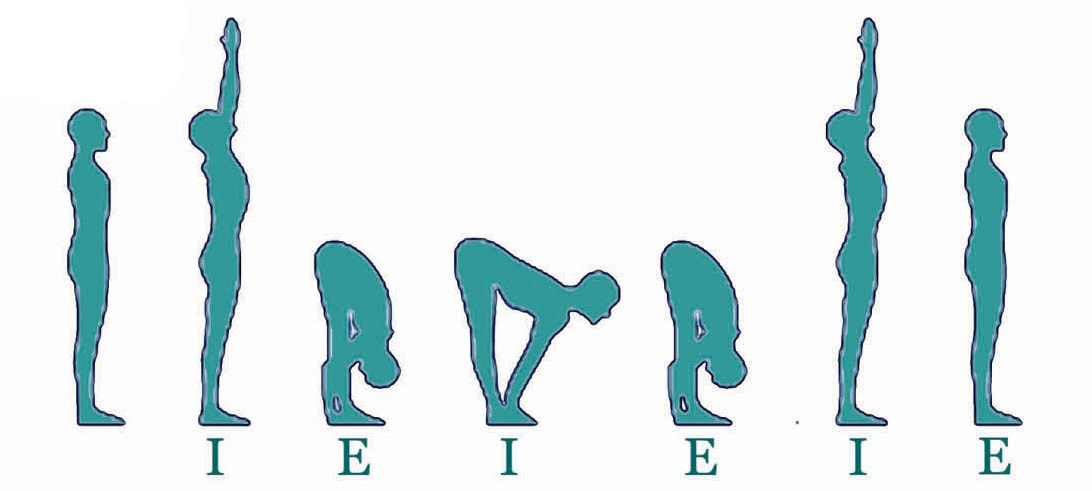

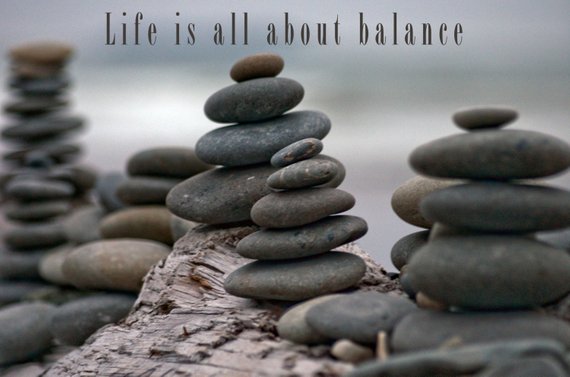
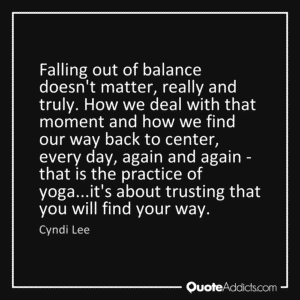
 RSS Feed
RSS Feed